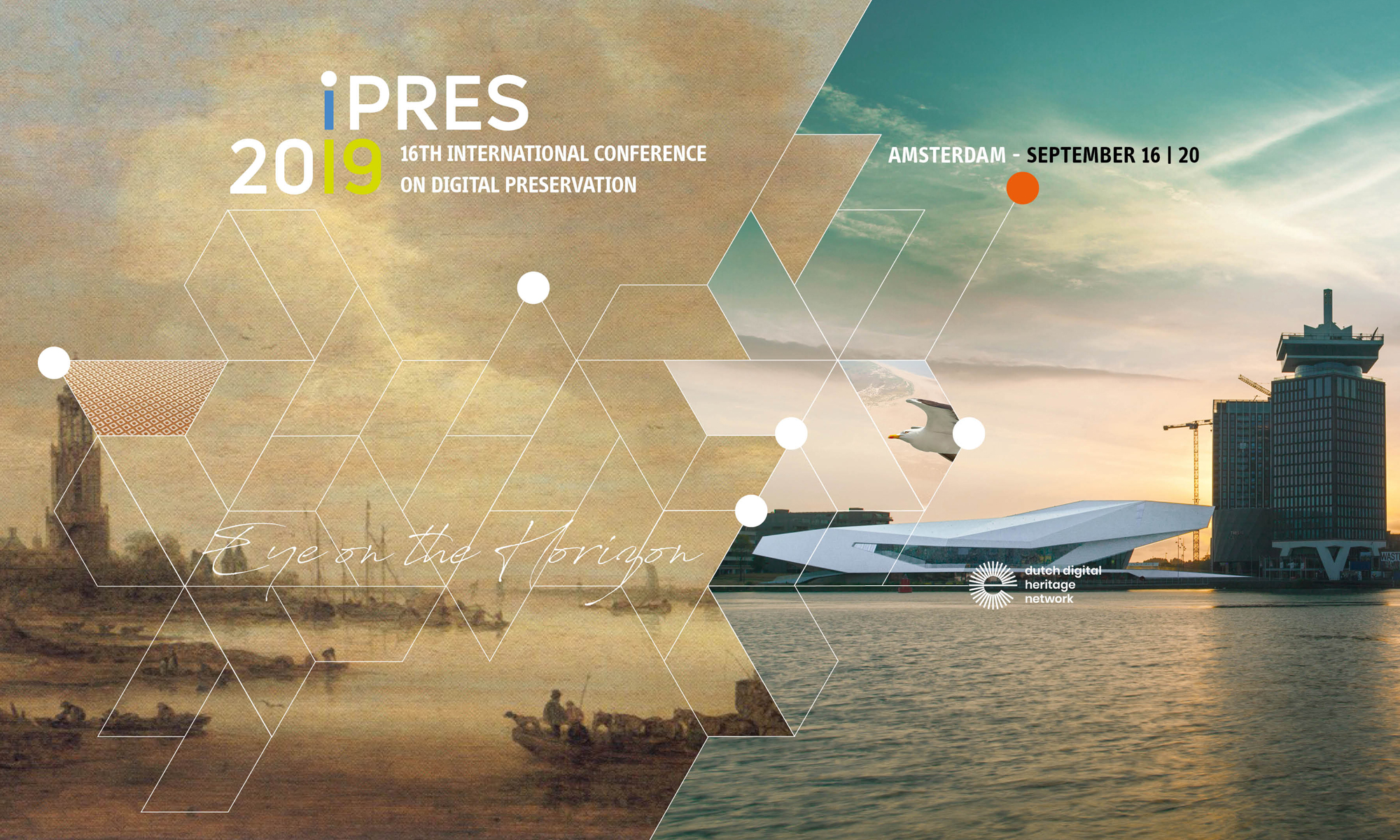DEMONSTRATIONS
Cinema 1 & Foyer
Demonstration
Detailed Programme
The Integrated Preservation Suite: Demonstrating a scalable preservation planning toolset for diverse digital collections
Peter May (British Library)
The Integrated Preservation Suite is an internally funded project at the British Library to develop automated and scalable preservation planning capability for a highly diverse and growing digital collection. Core components include a technical knowledge base, a software repository, a policy and planning repository, and a preservation watch function, all accessed via a web-based Preservation Workbench and designed to integrate with any repository software through a modular API-based architecture. We will demonstrate work to date, showing how preservation plans can be constructed and populated for the formats currently supported.
Download Paper (PDF)Demonstration of the RATOM Toolset: Review, Appraisal, and Triage of Mail
Christopher Lee (The University of North Carolina at Chapel Hill) and Kam Woods (The University of North Carolina at Chapel Hill)
We will demonstrate open source software (OSS) tools and methods for libraries, archives and museums (LAMs) to identify email in born-digital collections, review email sources for sensitive or restricted materials, and perform appraisal and triage tasks to identify and annotate records. We will illustrate products of the Review, Appraisal and Triage of Mail (RATOM) project’s use of machine learning to separate records from non-records, along with natural language processing methods to identify entities of interest within those records.
Download Paper (PDF)From Preservation To Access In One Step: Aviary: An Access Platform For Audiovisual Content
Pamela Vizner (AVP) and Bertram Lyons (AVP)
Access to audiovisual content continues to lag behind that of textual and still image content. Its time-based nature means it is tremendously underserved. However, current technology makes it possible to create automated transcriptions from audio, which can be used to implement granular search tools with high degrees of accuracy. This, together with building visualization tools that give the user the power to navigate audiovisual content easily, constitutes a unique opportunity to enhance access to audiovisual collections.
Additionally, although some preservation systems offer access platforms, these are not designed to display audiovisual content in its full potential.
Aviary offers specialized access to audiovisual content with granular permissions, and fully searchable indexes and transcripts. Generic integrations with preservation systems such as Preservica and Archivematica are in being developed currently.
This proposal is to offer a live demonstration of Aviary focused on integrations with digital preservation systems. We expect to be able to provide a demonstration of the system and this specific feature at iPRES 2019.
Score Model for the preservation of digital collections - a case for another digital preservation self-evaluation tool
Robert Gillesse (IISH)
The Score Model for the Preservation of Digital Collections is an online (www.scoremodel.org) self-evaluation tool for cultural heritage institutions which aims to help them with getting a grip on digital preservation. The idea and rationale behind the Score Model is that it can be easily used by smaller and less technically advanced organizations. It is therefore as jargon-free as possible and gives organizations hands-on advise on which issues should be tackled first. The Score Model has the form of an online tool in which the user has to register for an account. They then have to answer 56 questions - separated in seven ISO 16363 inspired clusters - which result in a final report. This report gives a comprehensive overview of how the user has scored for the different clusters and which issues the organization should tackle first. Additionally, the report gives an impression of how far the organization has advanced in becoming a Trusted Digital Repository in the form of qualifying for a Core Trust Seal.
Download Paper (PDF)JISC Open Research Hub - Demonstration—from Repository to Preservation
Paul Stokes (JISC)
Jisc’s Open Research Hub (JORH) integrates a number of repository, preservation, reporting and storage platforms as a one stop shop for researchers and research managers. The service offers both open source and proprietary systems and allows data and metadata to be shared openly if required. The platform has been developed through years-long consultation with the UK HE research sector and sector bodies, along with contributions from both in-house Jisc and third-party experts.
The need for such a solution has arisen from the sector’s desires to achieve several, shared aims, including: greater collaboration; tackling the reproducibility crisis; enabling better research; and meeting funder requirements.
Jisc’s custom-built repository—the Open Research Repository—is part of the Jisc Open Research Hub. It’s built upon an extensive data model and rich messaging layer, providing users with a clean, simple, and easy-to-learn interface for the deposit, approval, and discovery of a range of outputs. In particular it allows for a seamless end to end experience for the user; from deposit straight through to preservation.
Jisc’s position in the UK higher education / research sector, as well as the scale of the service provides us with many domain-specific insights to share with iPRES delegates, ranging from the broad methods mentioned above, down to individual design decisions informed by our research and domain expertise.


